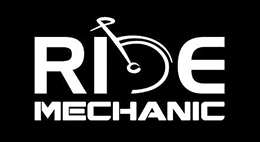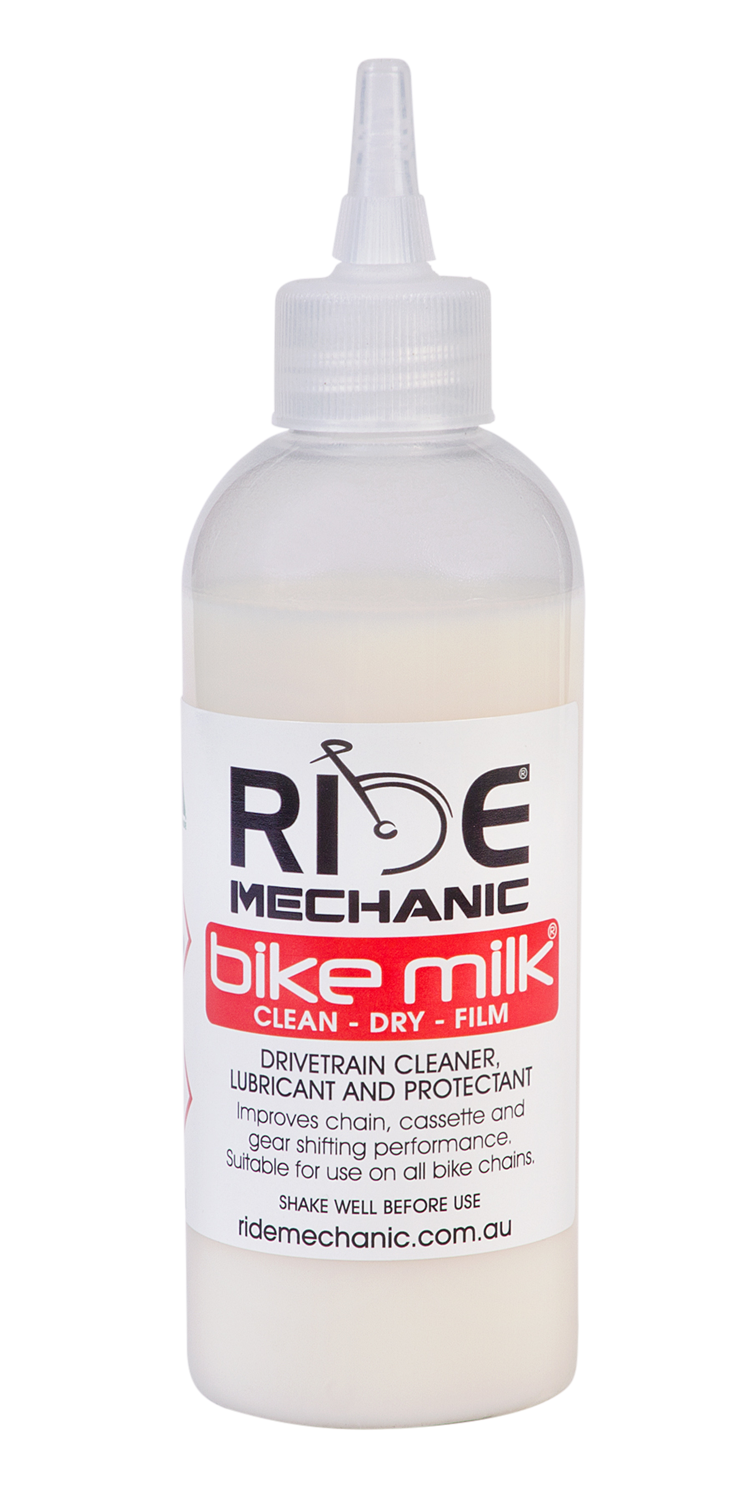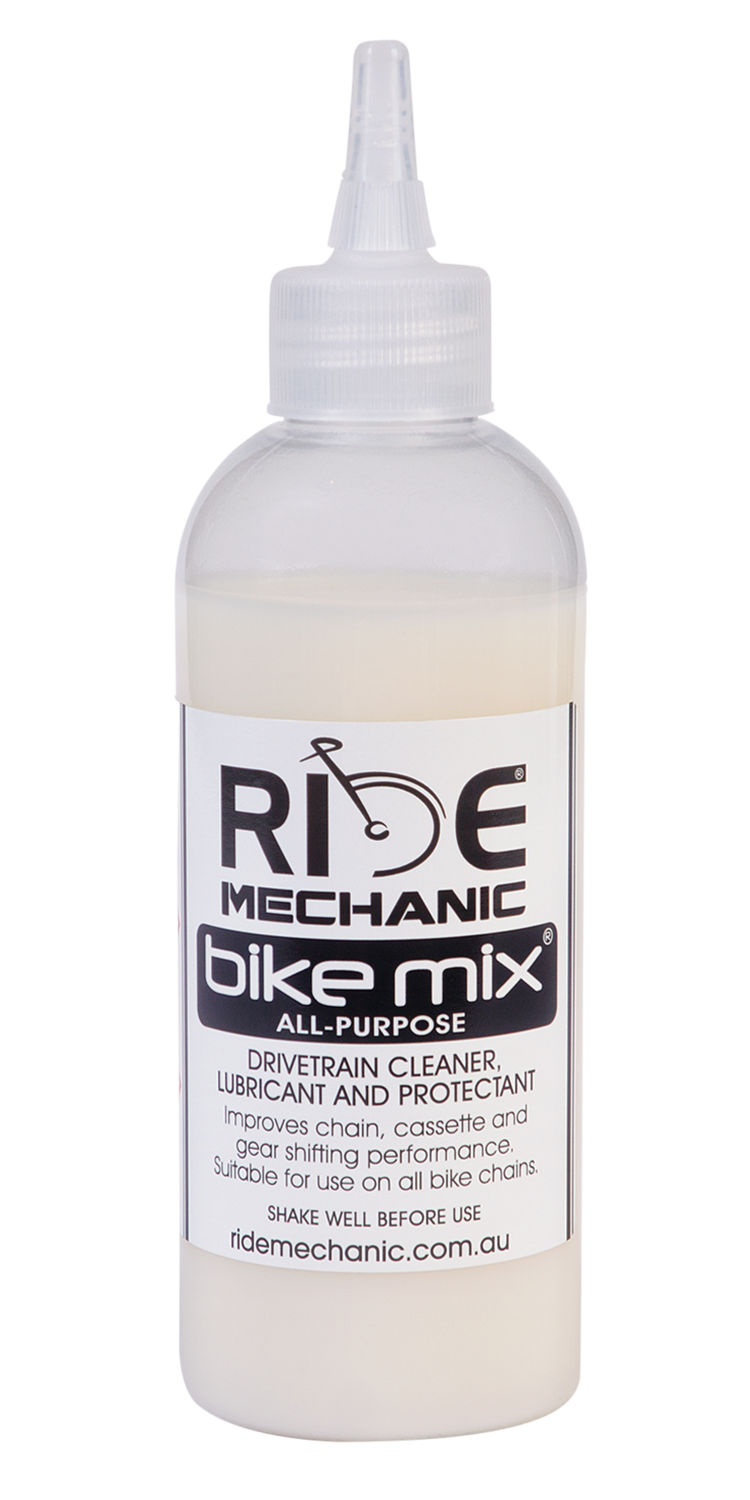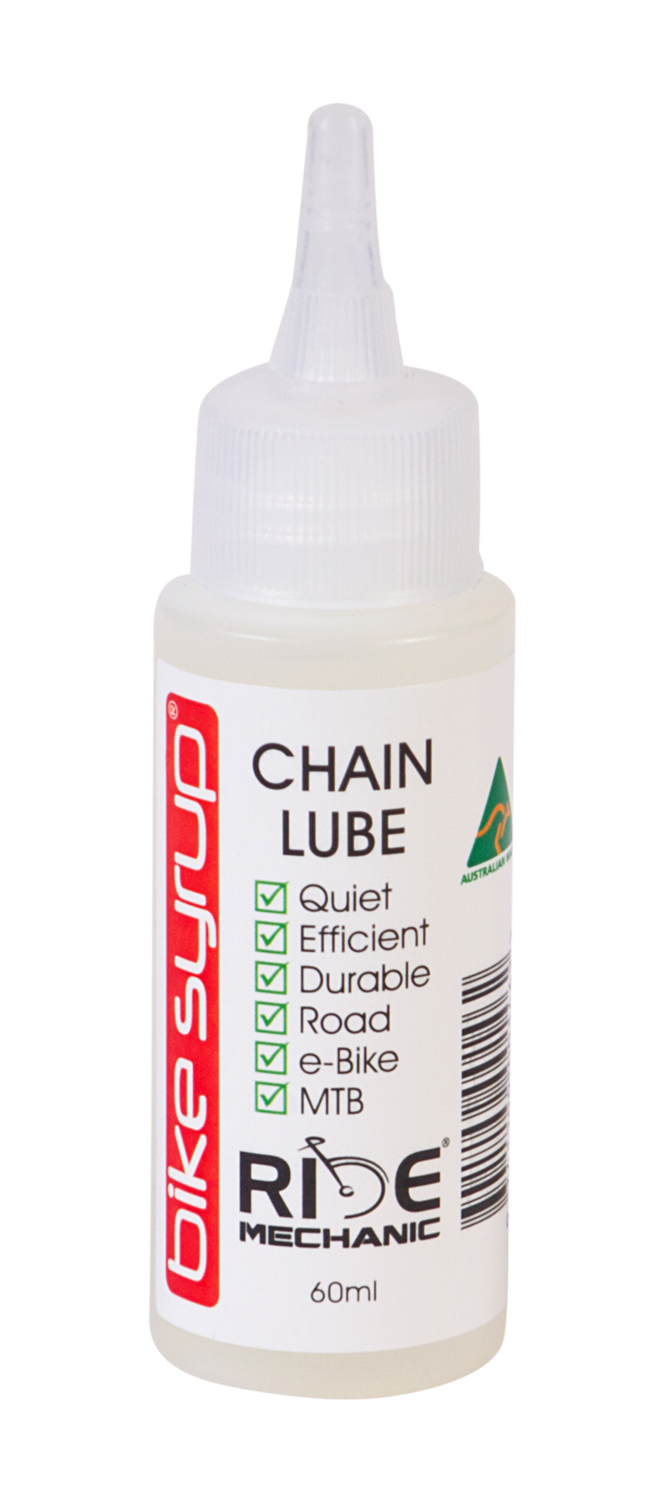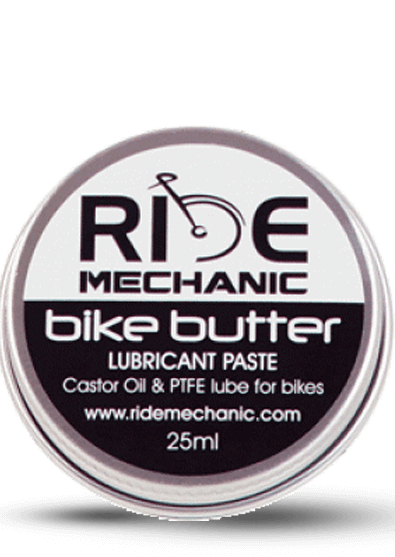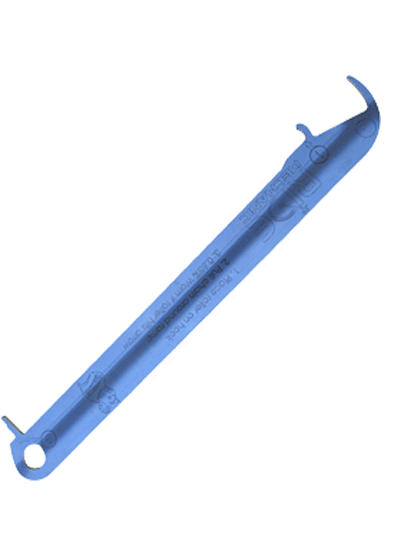
10-inch-tool
10-inch-tool
A simple, rugged and accurate stainless steel 10 INCH TOOL compatible with all half inch pitch bike chains, even the narrow 11 speed.
There are two versions for measuring either 0.65% (1x chainring) or 0.75% (multiple chainring) chain elongation. It accurately measures the pin-pin (same side) distance over 10 inches (10 links). These improvements offer genuine advantages for accurate measurement.
SUMMARY
Excessive wear and elongation of the bushingless bicycle chain can cause damage to sprockets and chainrings which causes inefficiency and potentially dangerous drivetrain slippage. It is well known that replacing a chain before it elongates beyond a certain point will limit major damage to other parts of the drivetrain which can significantly prolong the life of cassette and chainring. The generally accepted rule for replacement is that 2 chains should be replaced per chainring, and two chainrings (4 chains) per cassette. For a 1x front chainring (wide-narrow) it is recommended that the chain should be replaced at 0.65% elongation. With multiple chainrings the elongation can reach 0.75% before replacement is recommended.
Ride Mechanic have worked with local manufacturers to design and produce a simple and accurate stainless steel 10 INCH TOOL. It is robust construction with a rigid reinforcing beam running lengthwise and each tool is quality control checked. The tool is compatible with all half inch pitch bike chains, even the narrow 11 speed. There are two versions for measuring either 0.65% (1x chainring) or 0.75% (multiple chainring) chain elongation. It accurately measures the pin-pin (same side) distance over 10 links (10 inches). These improvements offer genuine advantages for accurate measurement, and this is discussed in more detail below.

Ride Mechanic 10 INCH TOOL: accurate, tough, easy to use.
BACKGROUND
It is well understood that the three areas (Fig 1) where most bushingless bicycle chain wear occurs are
- between the outside of pins and the inside of the spigots
- between the outside of the spigots and the rollers
- between the outer plates and the inner plates

The standard pin-pin distance (pitch) along plates of a new chain is 12.7mm (half inch). Wear and consequent elongation of the chain occurs with use and as the link pins and the spigots protruding from the (inner) side-plates wear down (Fig 2). This creates movement and weakness in the link as the spigot hole enlarges and the diameter of the pin reduces at the contact point. The pin-pin pitch of the outer side-plate links remain fixed at 12.7mm, while the effective pin-pin pitch along the inner plate increases due to wear. This increase is chain elongation.

The pin-pin distance is the crucial measurement for chain elongation. By measuring the distance from one side of the roller on one link to the other side of a roller further along the chain incorporates a misleading elongation factor due to wear in the roller. Wear in the roller does not influence the pitch of the chain. The roller is free to move around the spigot and will seat into the teeth appropriately. Most commonly available chain wear tools are designed to measure chain pitch and elongation INCLUDING the roller movement. This is a misleading measurement. By measuring chain elongation from the same side of the rollers, the Ride Mechanic 10 INCH TOOL minimises the contribution of this roller wear and offers a more accurate measure of the pin-pin distance.

A worn chain with mismatched pitch will no longer fit perfectly into the teeth of the cog (Fig 3). The chain load is applied unevenly to the tooth of the sprocket (Fig 4a) and chainring (Fig 4b), and in particular onto the last tooth of a sprocket before disengagement, and the first tooth of the chainring after engagement. This results in wear and damage and there is less efficient energy transfer.

Note: tooth wear is on the trailing edge.
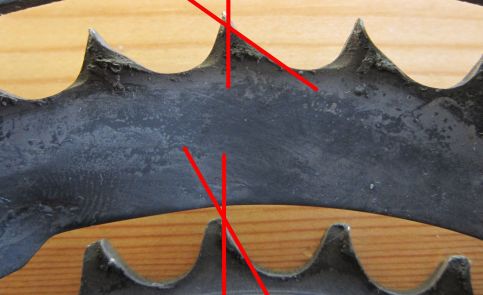
Note: tooth wear is on the leading edge. Modern high quality bushingless chains are made of materials and are factory treated so that they are extremely resistant to wear and environmental degradation. Regular cleaning and lubrication will help to reduce wear. However, wear will happen with use and the generally accepted industry standard for chain elongation is 0.75%. With the increasingly common use of single front chainring and the wide-narrow tooth engineering SRAM recommend chain replacement at 0.65% elongation for 1x drivetrain. This equates to a barely measurable 0.083mm over the length of a link!
The technical team at Friction Facts have done accurate measurements (using micrometer) for their report “The Effects of Chain Elongation vs. Efficiency (2013)” One of the most surprising aspects of this report was that within a single worn chain the elongation varied significantly depending on which 5 full link segment was measured of that chain. The engineers measured 10 different sections and averaged them to get the overall elongation of a given chain. For one chain the average was 0.78% elongation. However, one 5 link section measured 127.66mm (+0.5%) and another in the same chain 128.27mm (+1.4%)! This shows that measuring a short length of chain can give major variations in wear value.
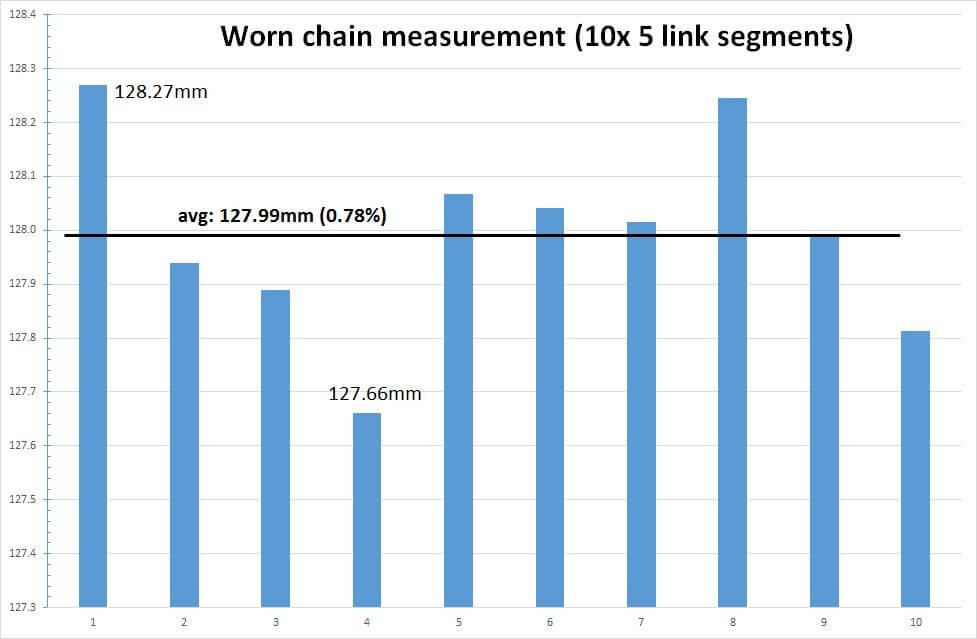
As demonstrated in Fig 5 above, links do not wear evenly. Despite this, most commonly available chain wear tools measure over about 5 links (127mm). The Ride Mechanic 10 INCH TOOL measures over 10 links (254mm) for a more accurate indication of chain wear. Over this number of links the change in chain elongation for 0.65% is still only 1.65mm, and for 0.75% is 1.91mm.
MEASURING CHAIN ELONGATION
The Ride Mechanic 10 INCH TOOL was designed and manufactured in Brisbane, Australia by specialists in stainless steel fabrication. It is extremely tough with a unique beam running lengthwise for enhanced rigidity and designed to last. Each tool is hand calibrated for quality control and accuracy. The designers believe it is the most accurate chain wear tool available for measuring 0.75% and 0.65% pin-pin elongation on bikes (see background information above).
STEP 1: Slide tool into chain between an “inner plate” link and seat the rear surface of a chain roller onto Point 1.
Note: using the inner plate roller attachment is preferable to prevent the hook catching on the end of an inner plate.

STEP 2: Slide the tensioning beak 2 into chain and force the chain upwards to tension the chain.

Note: This tension must seat the rear surface of chain roller very firmly into hook at Point 1.
STEP 3: Whilst maintaining upward chain force at tensioning beak 2, and ensuring roller is firmly seated at point 1, the final measuring step is to slide the chain over the calibrated measuring fin. If the rear surface of the chain roller slides over the fin but DOES NOT seat onto Point 3 it has NOT EXCEEDED recommended elongation (left hand picture). If the rear surface of the chain roller DOES seat onto Point 3 it has EXCEEDED recommended elongation (right hand picture).

EXCEED ELONGATION = FAIL
Ride Mechanic 10 INCH TOOL can be purchased from your favourite local bike shop.
CHAIN WEAR TOOL 0.65%
CHAIN WEAR TOOL 0.75%
LUBRICANT
More about us..
It has taken several years to perfect the RIDE mechanic formulations and the benefits of this rigorous testing and improvement process are best enjoyed by testing them yourself!
Please contact us for any technical enquiries about RIDE mechanic products and we will do what we can to assist.
For wholesale enquries, please use

